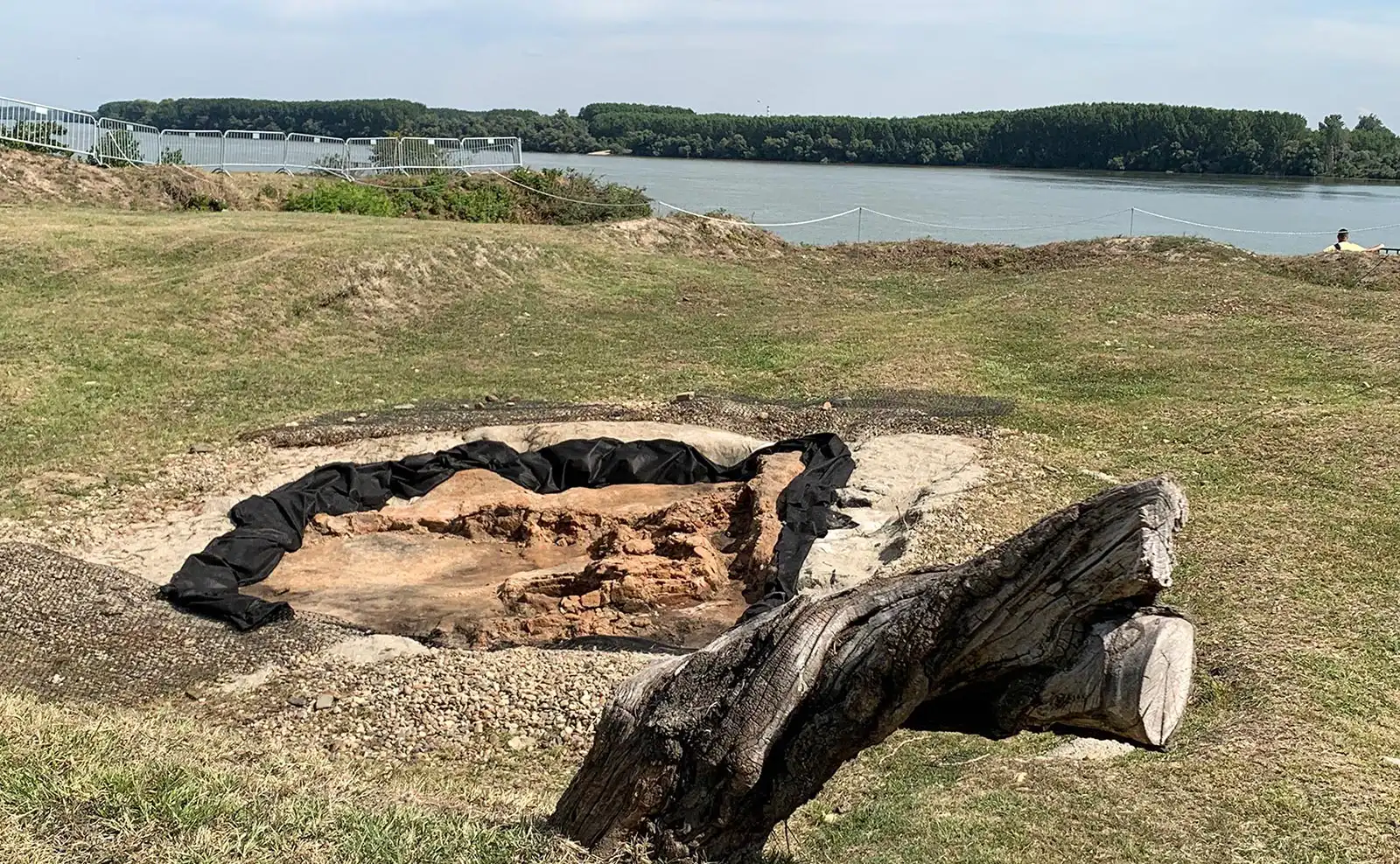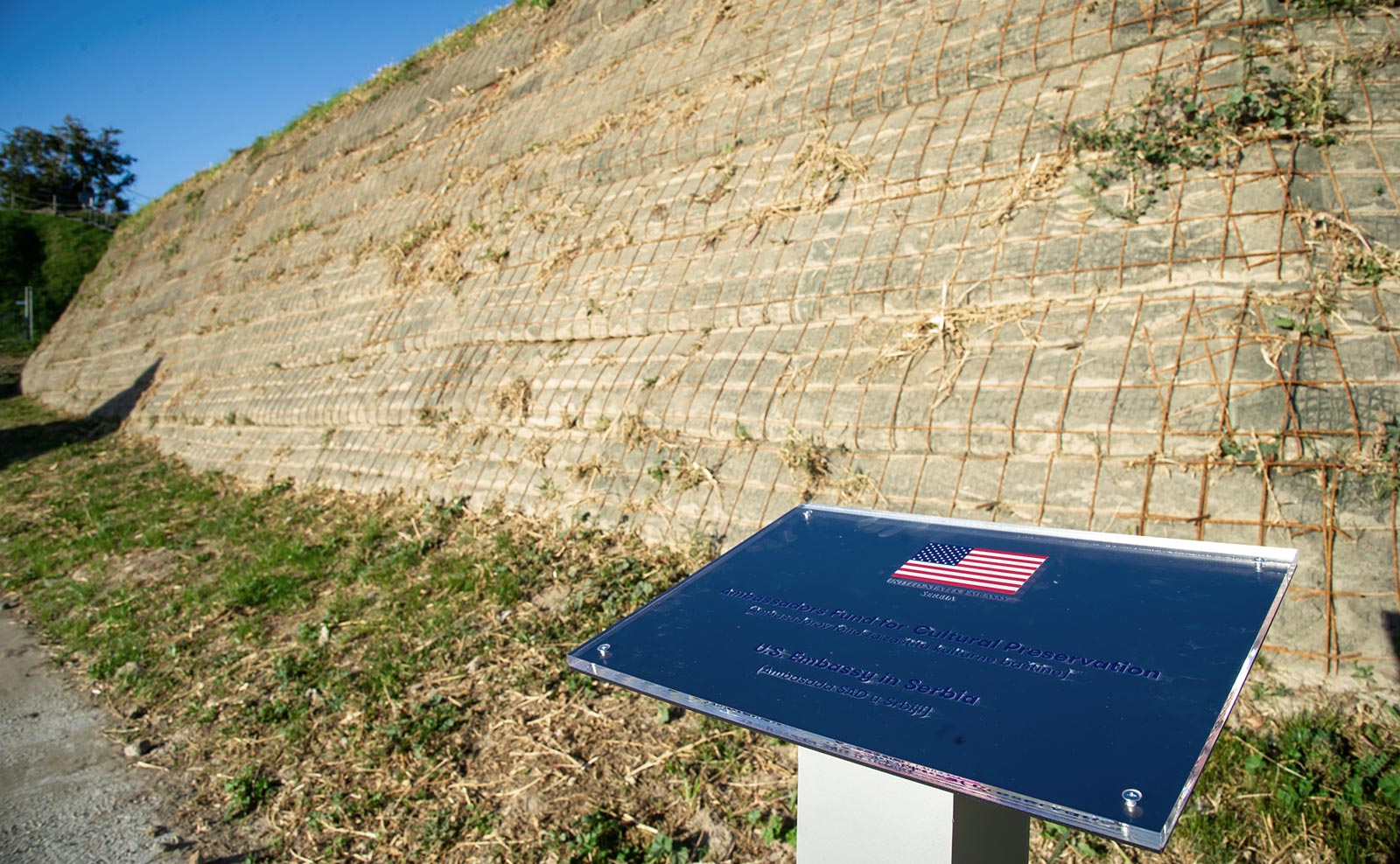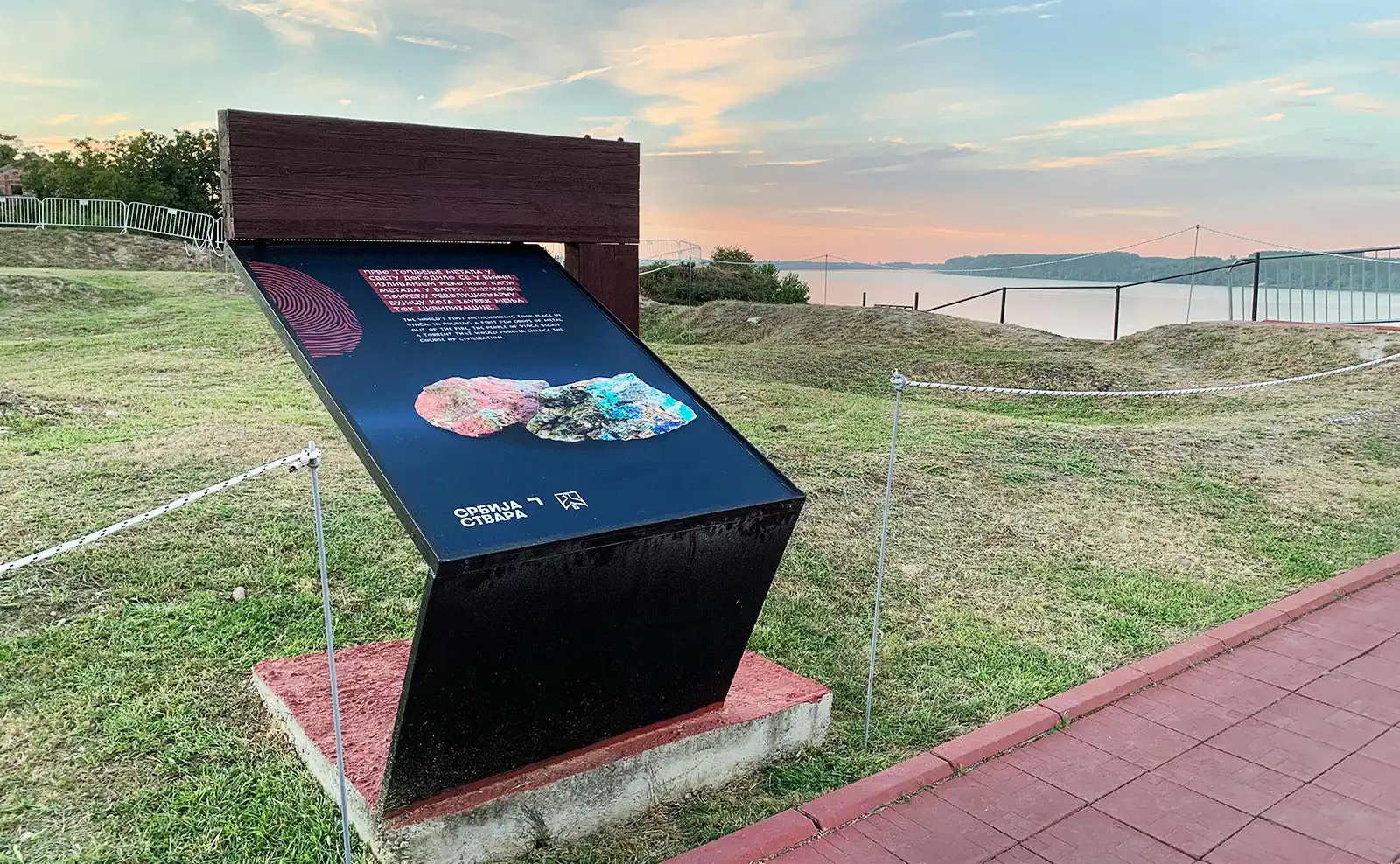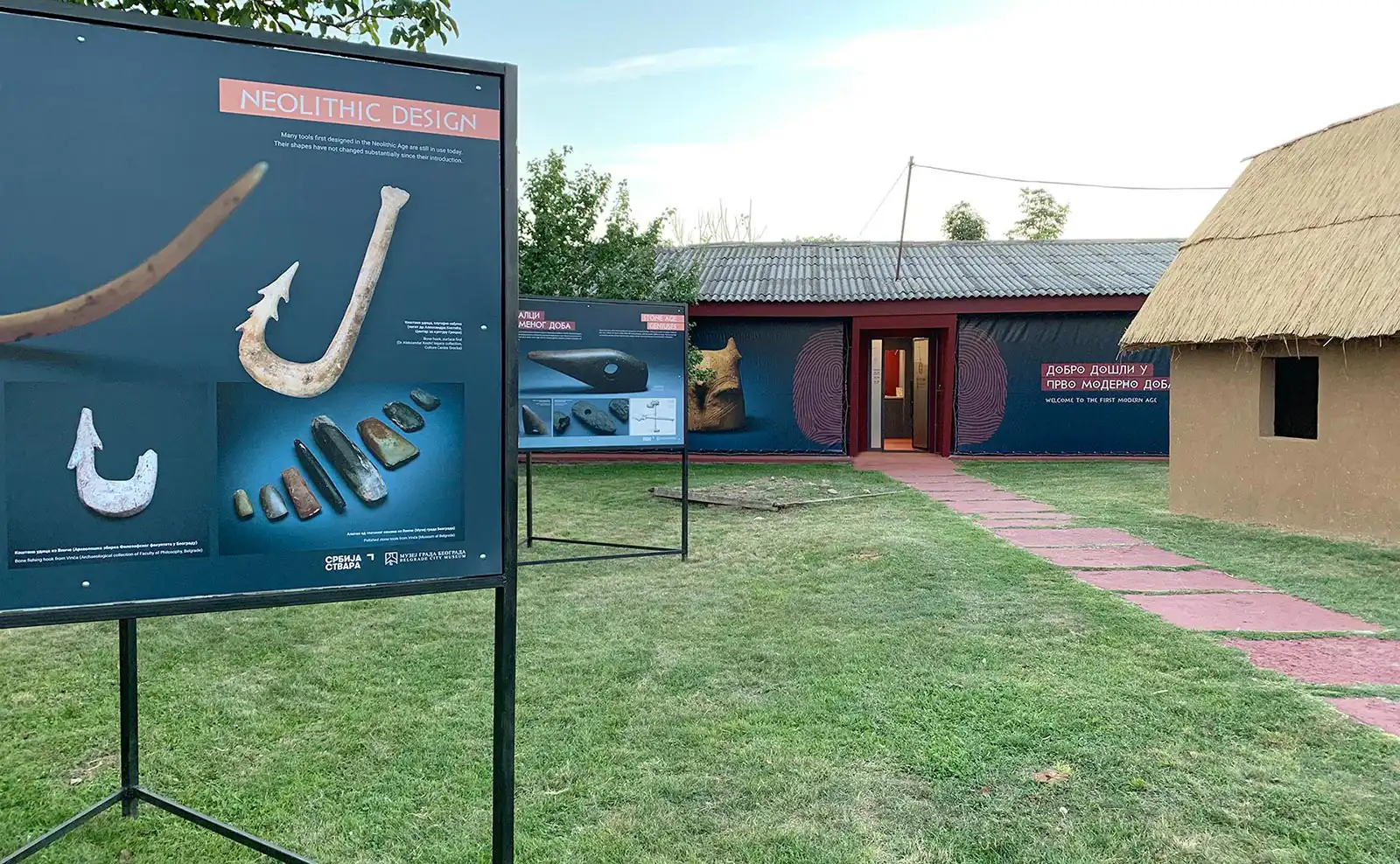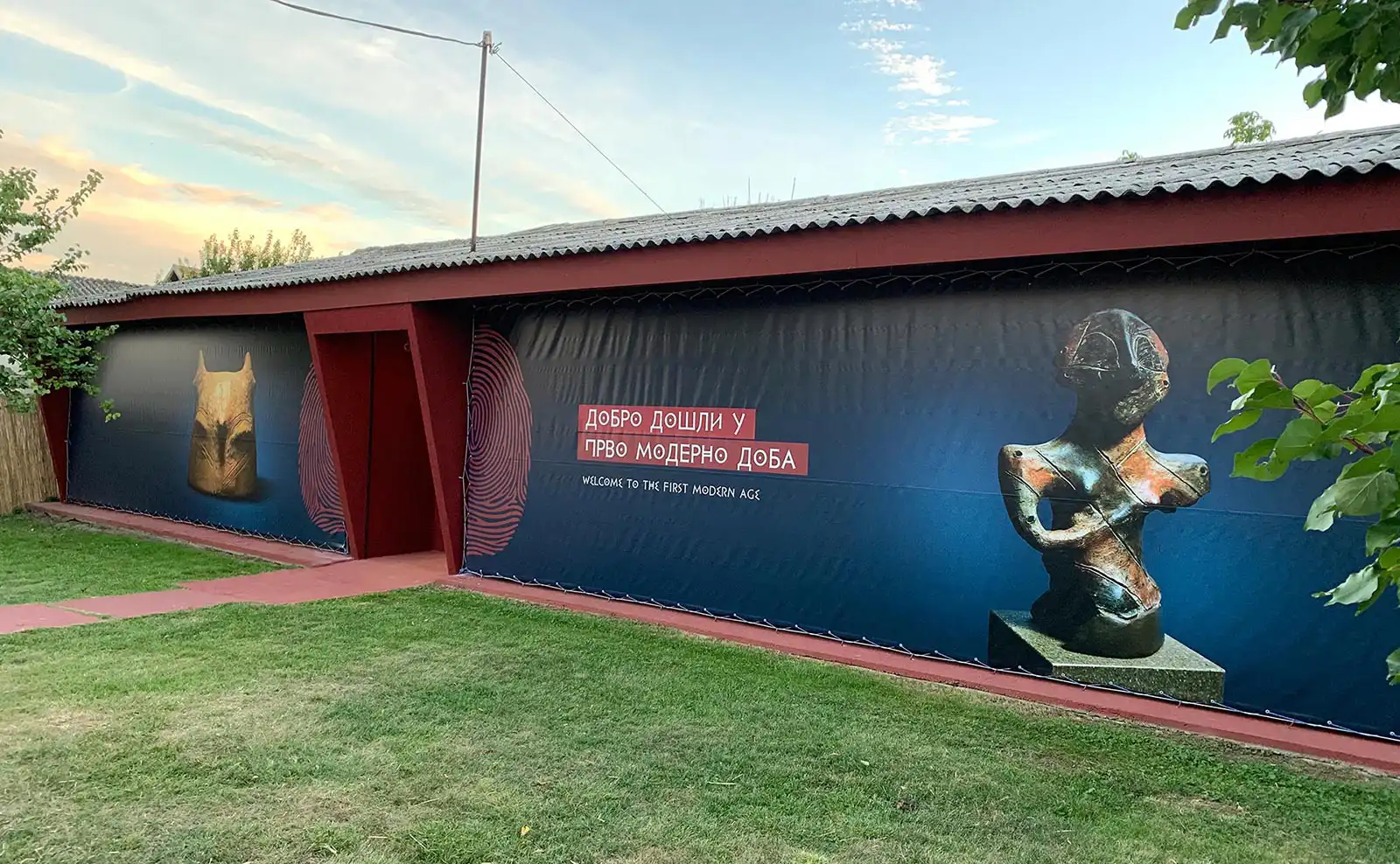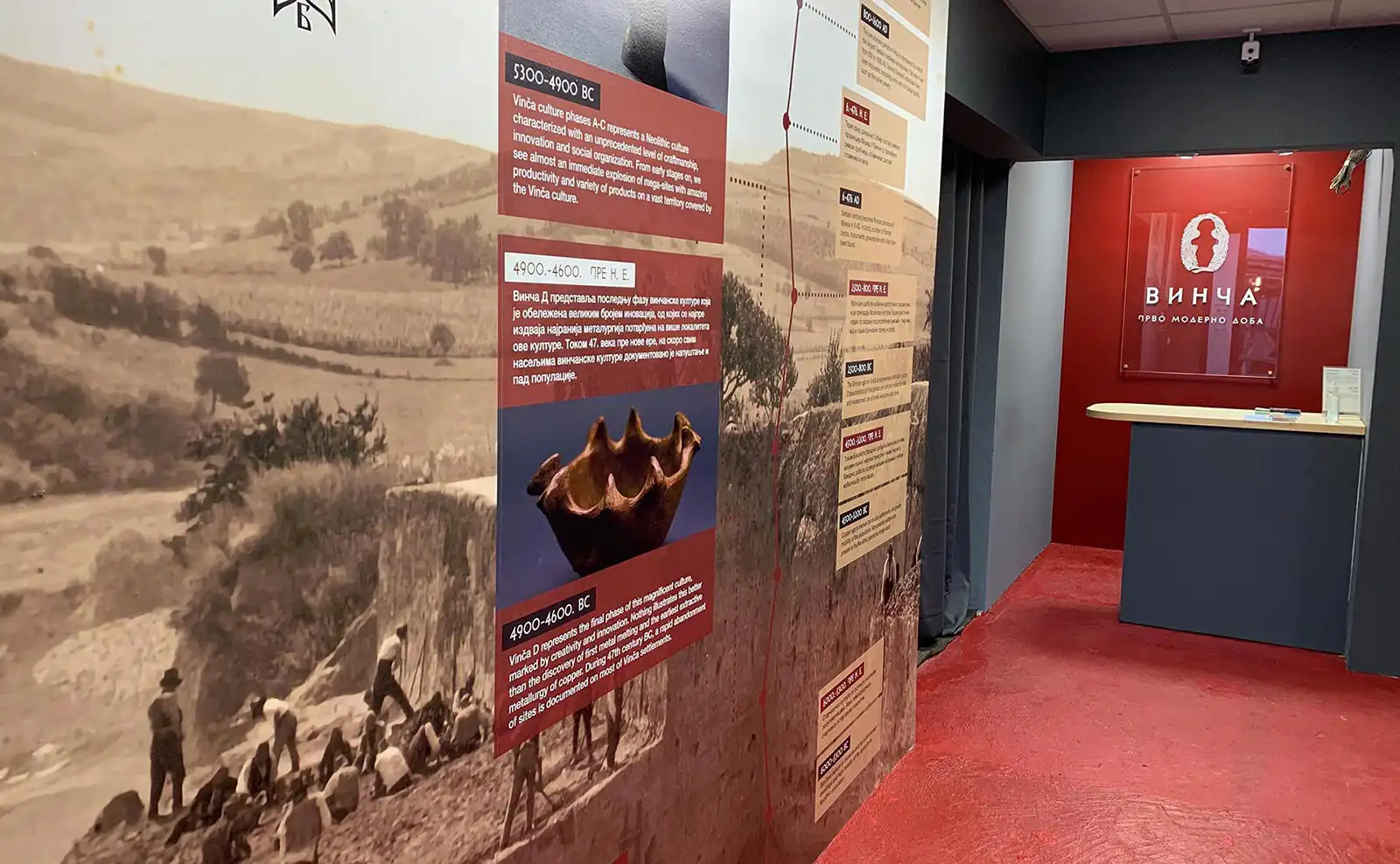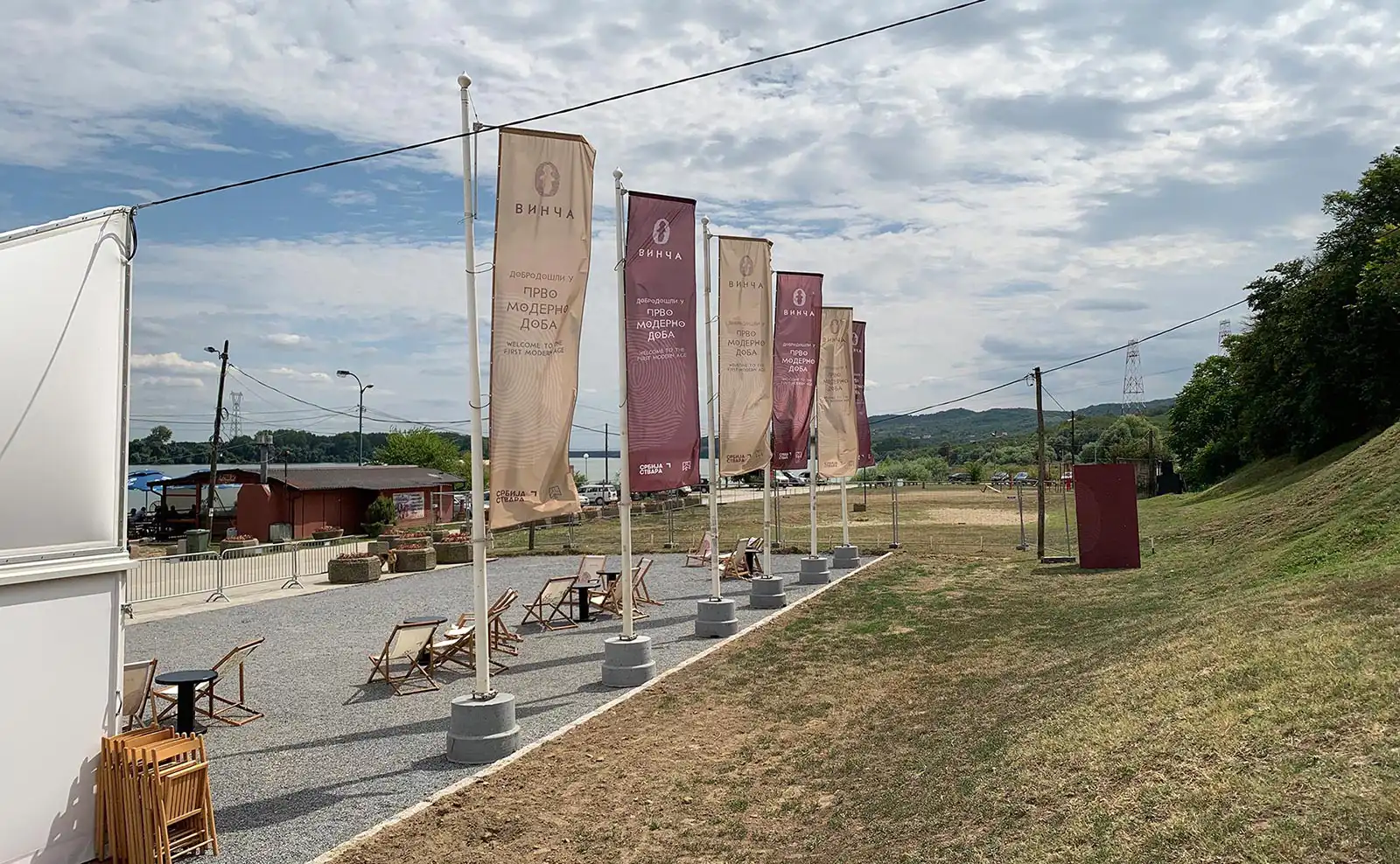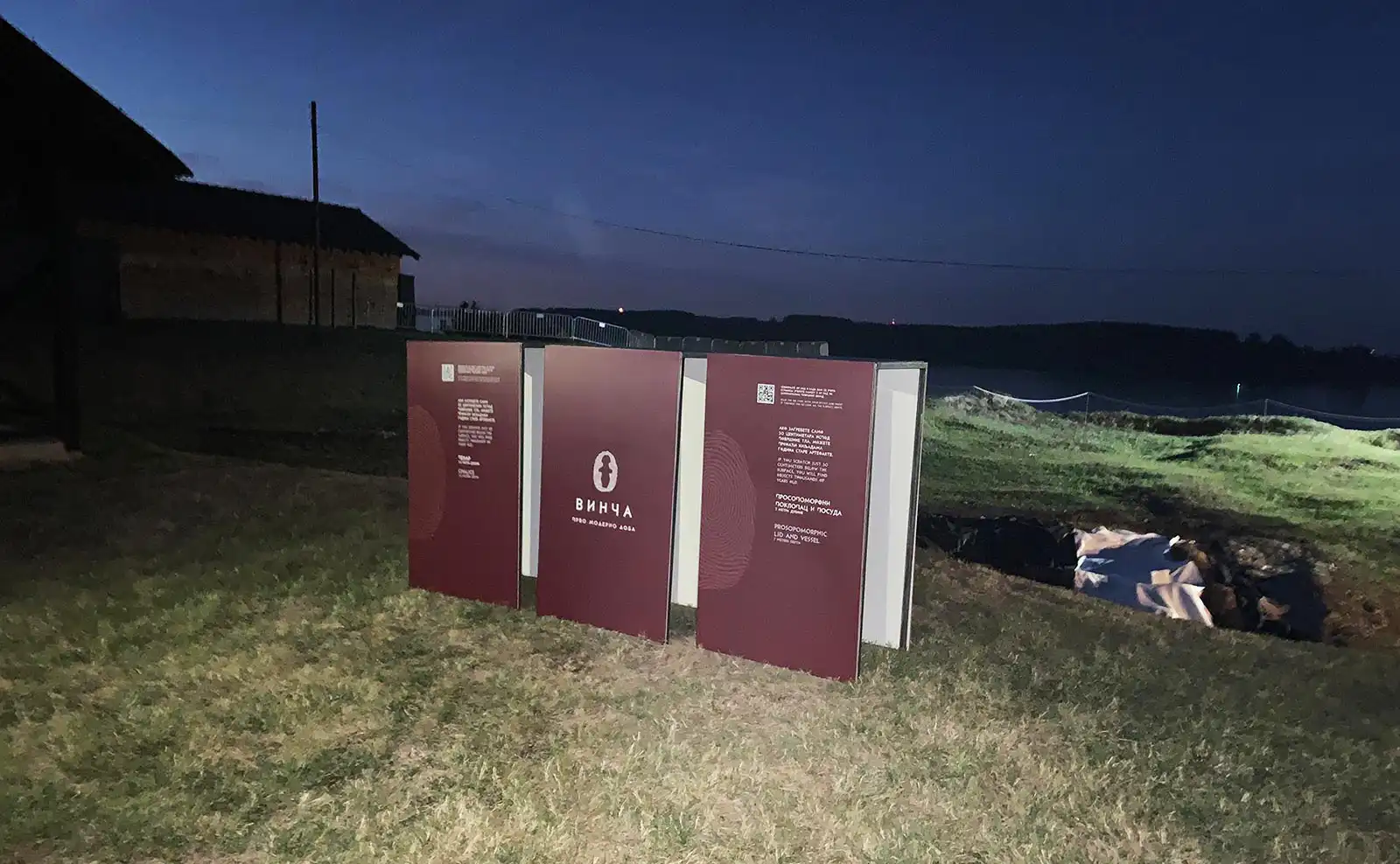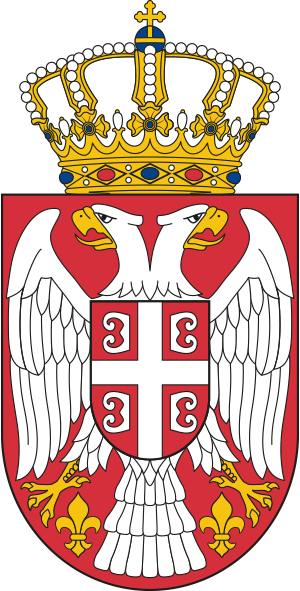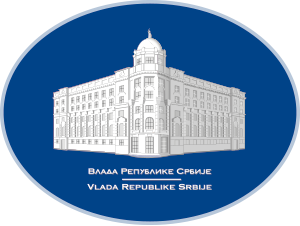Project Description
Vinča Belo Brdo – The First Modern Age
A renovation project for the neolithic archaeological site Belo Brdo, near Belgrade, which lends its name to the entire Vinča civilization.
Project Description
The Belo Brdo archaeological site is one of the most significant localities of the neolithic culture known as the birthplace of urban community life, creativity and artistic craft. This is also the place of technological revolution – the first location where metal smelting took place. The Government of the Republic of Serbia will be investing more than three million euros to ensure this site becomes a must-see destination for culture and tourism, as well as a center of excellence for studying neolithic European cultures.
The project is implemented by the Republic Institute for the Protection of Cultural Monuments, in close cooperation with the national platform Serbia Creates within the Office of the Prime Minister of the Republic of Serbia, as well as the Ministry of Culture and Information, Ministry of Trade, Tourism and Telecommunications, City of Belgrade and the Belgrade City Museum.
In March 2022, public international urban-planning and architectural competition for the development of Vinča Belo Brdo archaeological park with preliminary designs for the visitor centre and the scientific and research centre was opened, and the winning solutions are expected to be announced by September 15th. Along with the visitor museum center and its accompanying tourism infrastructure as defined by the Strategic Master Plan, the Belo Brdo site is envisioned to become an open-air museum in itself. The ongoing archeological excavations will be open for observation and participation by the visitors, thus forming a standing exhibition of new findings. On top of that, the area will feature an archaeological park for family activities, as well as green areas for rest and recreation. The project documentation is expected to be ready by 2022, while the construction will begin by 2023.
About the Vinča Culture
Vinča Culture is a term that applies to the period of unprecedented explosion of creativity, technological advancement and population growth that took place during the Late Stone Age (5300 – 4500 BC) on the territory of today’s Serbia, as well as parts of Greece, Bulgaria, Romania, Hungary, Bosnia and Herzegovina, Croatia, North Macedonia and Montenegro. The culture is named after the Vinča site, a Belgrade settlement where, back in 1908, professor Miloje Vasić found the first archeological traces of this extraordinary civilization. Soon afterwards, Vinča was globally recognized as one of the most important archaeological cultures and identified as a key event in modern society development. Its significance lies in the fact that Vinča was one of the first places to attract migration and hence was the first instance of community formation. The formation of communities was the revolutionary act that transformed the global development path of our planet’s population.
First Multi-Story Buildings
Around 2.500 years before the Pyramids of Giza, Vinča settlers introduced multi-story buildings in their settlements, for the first time in global history.
Creativity and Exquisite Craftsmanship
Aesthetics is an integral part of the Vinča civilization. Mundane objects such as food plates, jewelry, even weapons, were transformed by their skilled hands into works of extraordinary art and functionality combined.
First Metal Smelters
The course of the entire world civilization was transformed in Vinča. By melting a few drops of metal in the fire, Vinča settlers set forth a revolutionary path that set the course of global development for millennia to come.
From new Ideas to Modern Europe
Constant migration, knowledge and skill accumulation and a complex social structure are what allowed Vinča to reach heights previously unheard of in the entire world. Vinča’s highly developed trade network and its geographic position near major rivers made it the Frankfurt Airport of neolithic Europe. The dynamic exchange of not only goods, but also ideas that found their way into the rest of Europe and the world, established Vinča as the first modern age, as we see it today.

